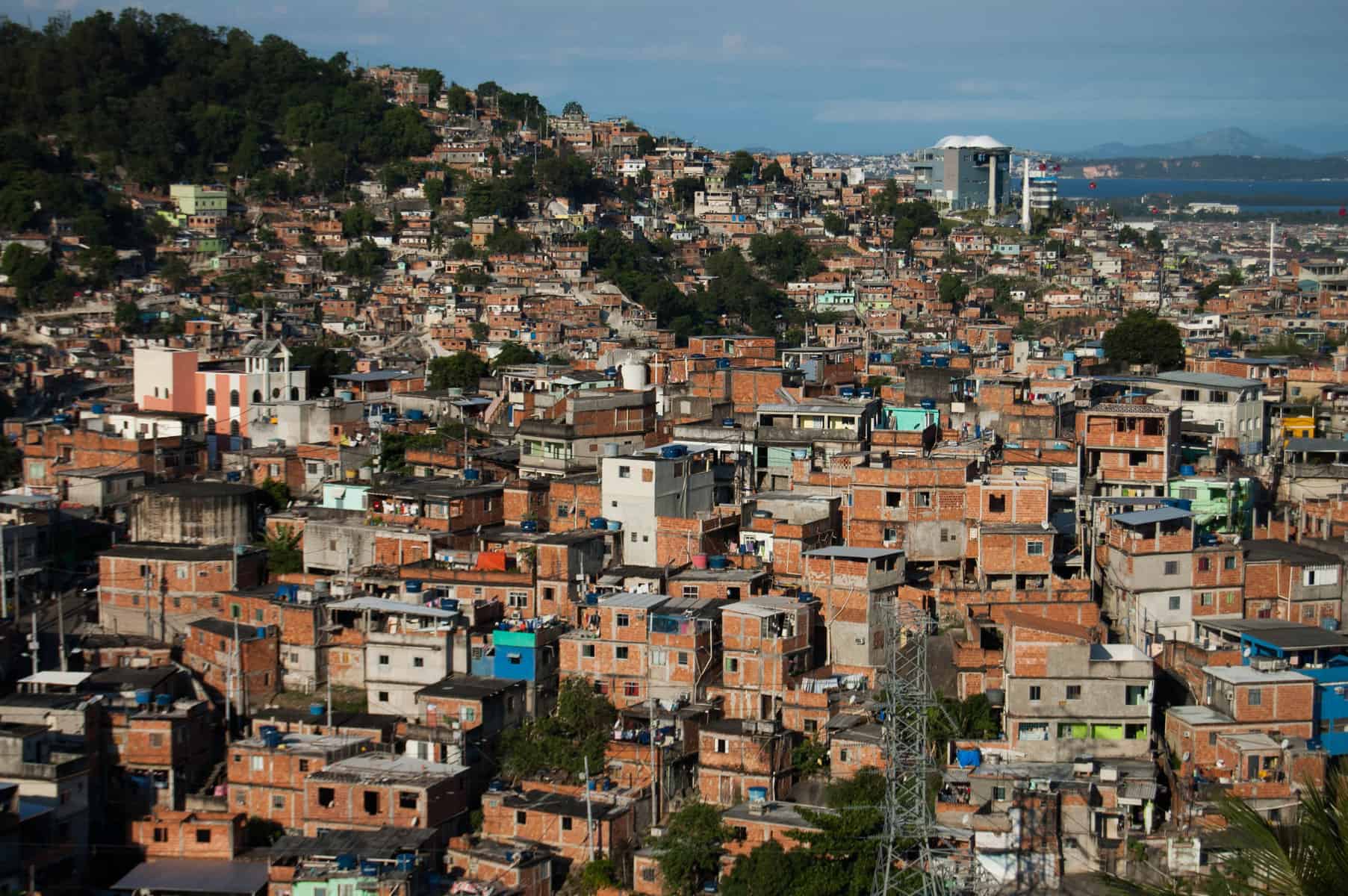
The key underlying demographic trends that strain energy and water resources are population growth and economic growth. Other key trends are the impacts of global climate change and policy choices, whereby policy makers push for more water-intensive energy and more energy-intensive water.
Global population exceeded 7 billion people in 2011, and demographers expect population to continue growing. Sometime between 2050 and 2100, models predict that the global population will plateau somewhere between 9 billion and 11 billion people. Although the population in many more economically developed countries (MEDCs) is flat or declining, the number of people living in less economically developed countries (LEDCs) continues to rise.
Exponential population growth can be represented using a simple J curve, but reality is more complex and limited, and could be represented using an S curve.
Over history, total population has grown exponentially. For exponential growth, a population of 1 million with a growth rate of 3% annually will add 30,000 people the first year, 31,000 people the second year, and 40,000 the tenth year. A J-shaped curve best represents this kind of exponential growth. However, the reality of resource constraints, shifting cultural preferences, environmental impacts, or disasters limit global population growth. Therefore, the S-shaped curve or sigmoidal growth curve might be a better representation of human population growth. The S-curve shows exponential growth until a saturation point, sometimes represented as carrying capacity, at which point the population flattens out or declines until reaching stability. Both of these models exclude many factors, but they help conceptualize possible trajectories for population growth.
“The most interesting day in the history of the world will happen in the twenty-first century: that is the day the global population is smaller than it was the day before.”
Peter Gleick, National Academy of Sciences, Roundtable on Sustainability, June 2013
As the population increases, more people demand more energy and water. However, because of economic growth, which happens in parallel, the demand for energy and water increases faster than the population.1Jill Boberg, Liquid Assets: How Demographic Changes and Water Management Policies Affect Freshwater Resources (Santa Monica: RAND Corporation, 2005); Peter H. Gleick, ed., Water in Crisis: A Guide to the World’s Fresh Water Resources (New York: Oxford, 1993); reports and data from the U.S. Energy Information Administration, link; and reports from the International Energy Agency link. This phenomenon occurs because economically affluent populations tend to consume more energy and water per person than poorer populations.
Image Credits: Publio Furbino/Shutterstock.com.
Update your browser to view this website correctly.Update my browser now